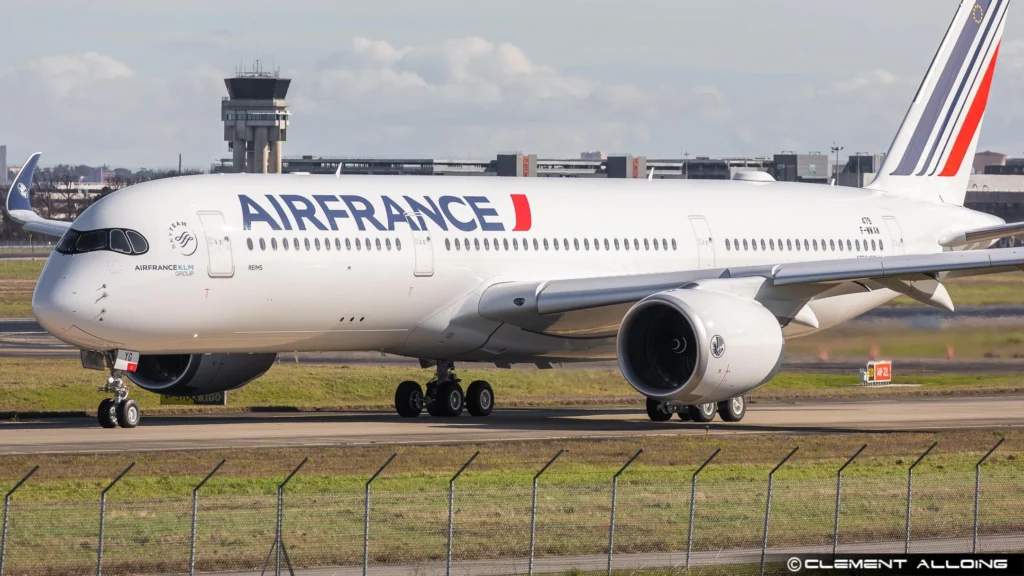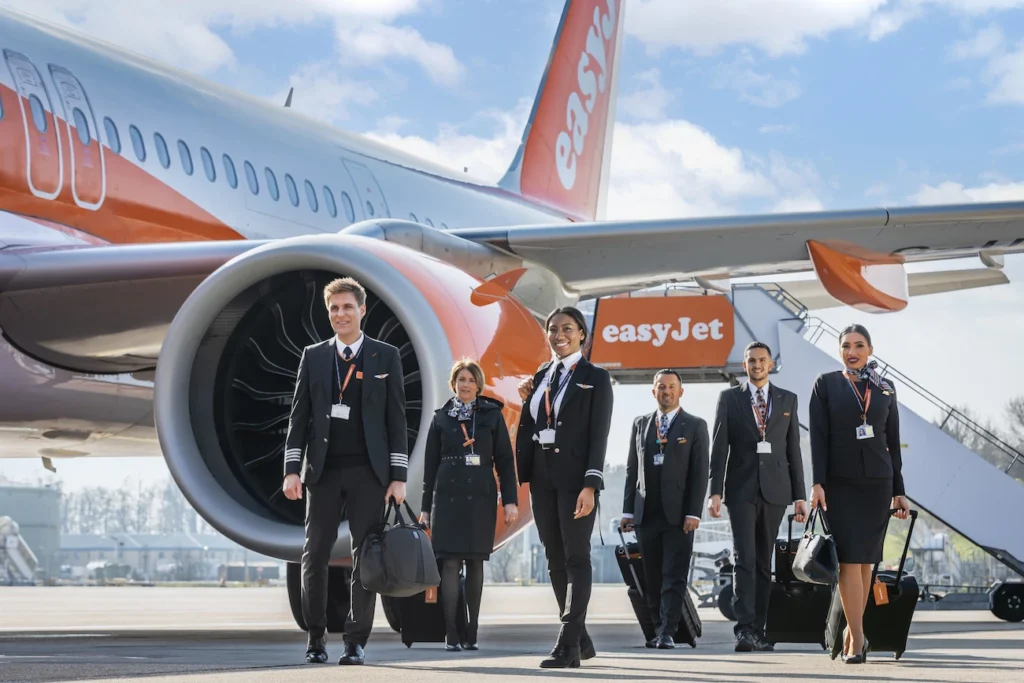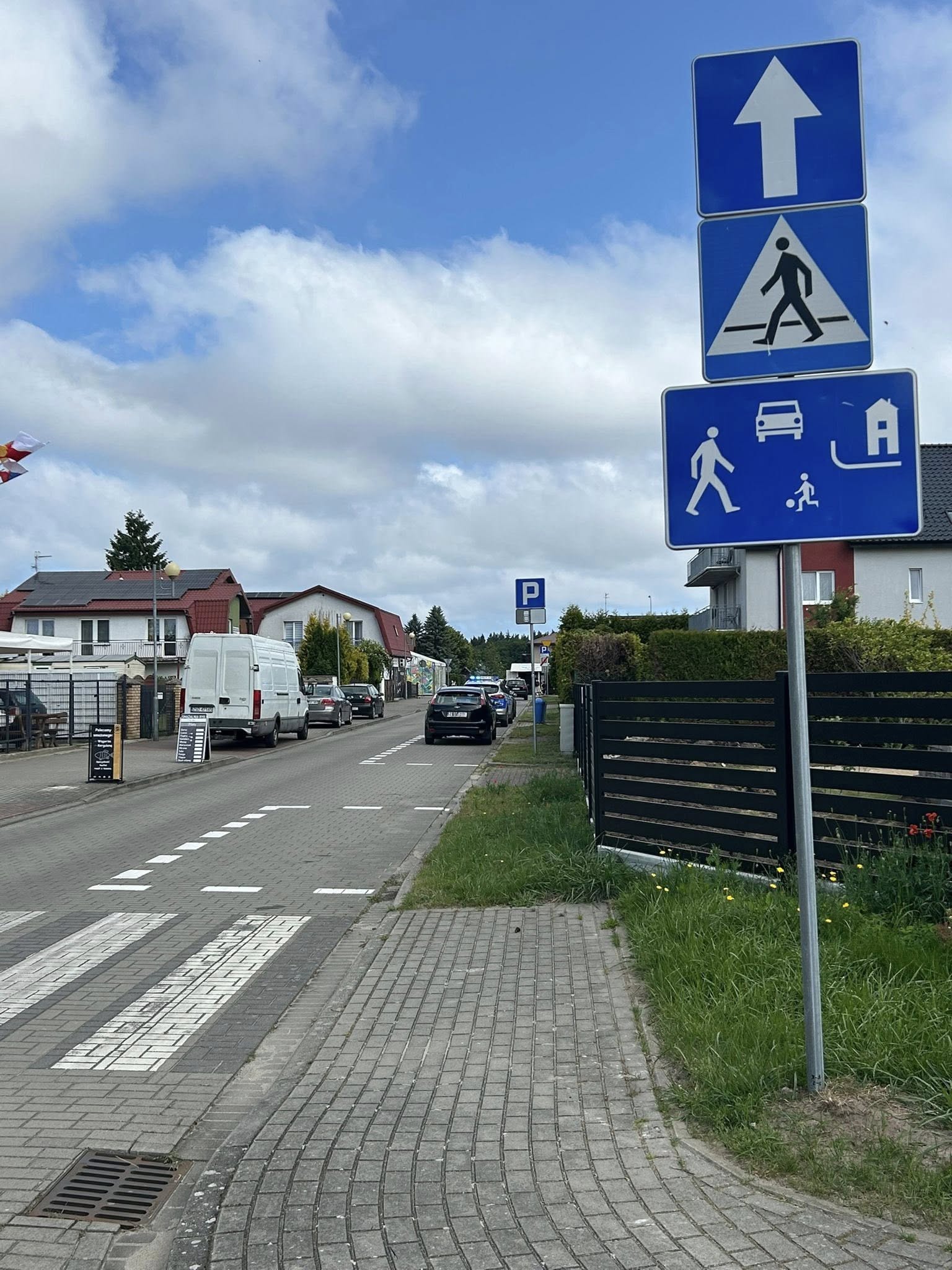
COLOGNE- The European Union Aviation Safety Agency (EASA) has paused progress on authorizing single-pilot operations for large commercial aircraft such as those operated by Lufthansa (LH) and Air France (AF), citing unresolved safety and technological issues.
In a newly released report, EASA concluded that the current cockpit design does not support the same level of safety for one-pilot crews as is achieved with two, halting any immediate plans to permit such operations at European airports like Frankfurt (FRA) and Paris Charles de Gaulle (CDG).
 Photo: Clément Alloing
Photo: Clément AlloingSafety, Not Speed: Why EASA Is Holding Back
Since 2021, EASA has been exploring the feasibility of reducing the cockpit crew on long-haul commercial flights, including initiatives like Extended Minimum Crew Operations (eMCO).
However, the latest research findings clearly state that single-pilot operations cannot yet match the safety levels of two-pilot systems under existing cockpit configurations.
The report emphasized the need for significant advancements in cockpit technology before the concept can be reconsidered.
Proposed innovations include smart cockpits with integrated systems for workload management, pilot health monitoring, security threat detection, and automated safety functions. These changes would require both thorough testing and proof of reliability in real-world operations.
EASA had hinted at this outcome in its European Plan for Aviation Safety (EPAS) 2025, stating that technical, operational, and human factors must align before such a transformation could occur.
 Photo: Virgin Australia
Photo: Virgin AustraliaeMCO Faces Industry-Wide Resistance
The push for eMCO has largely come from aircraft manufacturers such as Airbus, who see operational efficiencies in reducing the cockpit crew. But the proposal has faced strong opposition from pilot unions like IFALPA and ECA, who argue that it jeopardizes flight safety.
As Capt. Tanja Harter, President of ECA, notes, “Two qualified, well-rested pilots—four eyes, two brains—is a system that works.” Their coalition, “Safety Starts with Two,” continues to campaign against single-pilot concepts.
Moreover, global regulators, including the U.S. FAA and Australia’s CASA, have shown limited interest in adopting such policies, reinforcing EASA’s cautious stance.
 Photo: Air Canada
Photo: Air CanadaThe Regulatory Framework
EASA has not launched a dedicated rulemaking task for eMCO. Instead, the topic is now embedded in a broader framework for “smart cockpit” development. This strategic reframing avoids direct regulatory confrontation while enabling continued evaluation.
The agency’s rulemaking process includes:
- Terms of Reference (ToR) – defines the issue scope
- Rulemaking Task (RMT) – technical development phase
- Notice of Proposed Amendment (NPA) – public consultation
- Comment Response Document (CRD) – feedback integration
- Opinion – final recommendation to the European Commission
The initial RMT.0739 project, which included eMCO, has been re-scoped and delayed, with no formal launch to date. EASA also retains the option for focused consultations in urgent safety matters, but eMCO doesn’t meet that threshold.
Certification Proceeds Separately from Policy
While regulation slows, certification efforts continue. Manufacturers are working on enabling technologies like enhanced automation, human-machine interfaces, and remote support systems.
These technologies are assessed independently through EASA’s Certification Specifications (CS), Acceptable Means of Compliance (AMC), and Guidance Material (GM), forming the technical basis that could eventually support eMCO—without yet authorizing it.
 Photo: easyJet
Photo: easyJetICAO’s Reluctance to Move Forward
Even if EASA endorsed single-pilot operations, the proposal would still need backing from the International Civil Aviation Organization (ICAO), headquartered in Montreal. ICAO sets global Standards and Recommended Practices (SARPs) that member states adopt.
In 2022, industry groups like ICCAIA advocated for eMCO at ICAO’s 41st Assembly, but the proposal failed to gain traction. It remains under review in technical panels with no concrete timeline or political consensus.
Pilot associations like IFALPA and ECA continue to counter these efforts within ICAO, citing safety risks and demanding higher scrutiny. The upcoming 42nd ICAO Assembly in September–October 2025 may offer another opportunity to revisit the proposal.
Industry, Safety, and Global Alignment
The move toward single-pilot operations is not blocked, but it is far from approved. Regulatory agencies are methodically analyzing every variable—from technology and safety protocols to training and certification standards.
Until cockpit technology matures, international standards align, and stakeholder concerns are addressed, the concept remains aspirational. In aviation, system-wide change only occurs when all components—regulation, certification, and global consensus—move in unison.
Stay tuned with us. Further, follow us on social media for the latest updates.
Join us on Telegram Group for the Latest Aviation Updates. Subsequently, follow us on Google News
How Pilots Navigate Through Severe Turbulence
The post EASA Halts Single-Pilot Ops Research Amid Safety and Tech Gaps appeared first on Aviation A2Z.















![Napadli do domu i pobili mieszkańców. Namówiła ich do tego 18-latka [ZDJĘCIA]](https://radio.lublin.pl/wp-content/uploads/2025/06/347-269051-2025-06-20-222131.jpg?size=md)
